Whitehorse Tourism Information
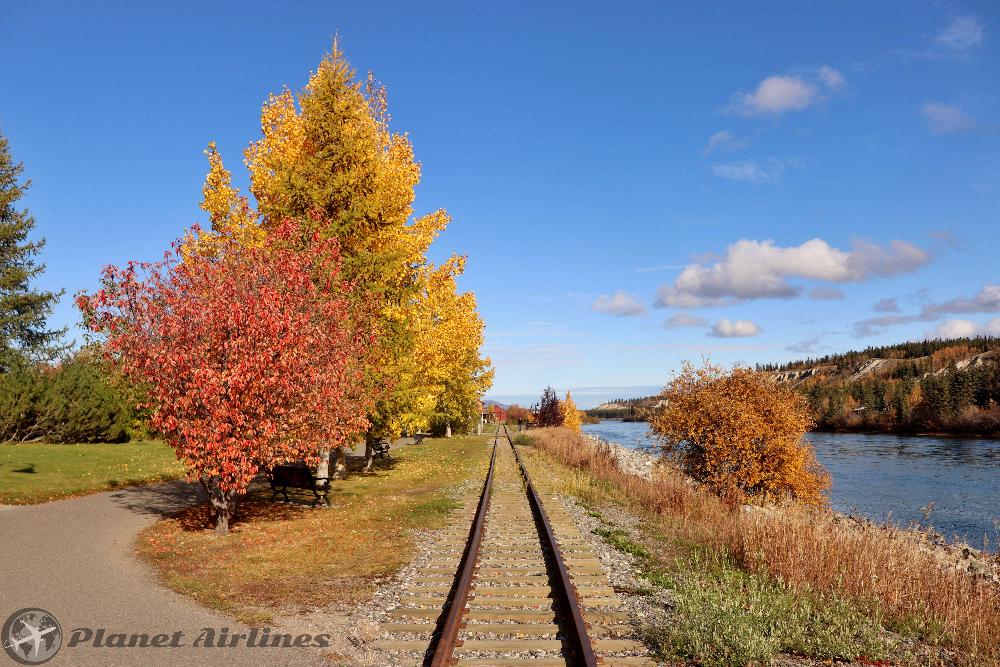
Whitehorse is the capital of the Yukon Territory. Not the most famous city in Canada, but recently its appeal has grown thanks to its location surroundings. Those seeking nature, beautiful green scenery and the possibility of viewing the Northern Lights should not miss the opportunity to visit Whitehorse! Due to it's latitude winter days are short and summer days have up to about 19 hours of daylight! Also, Whitehorse, is the city with the least air pollution in the world.
It's a territory for the curious... It has a well-funded arts community (with an especially vibrant visual arts community), good restaurants and a range of Hotels and motels. Exploring the sights within the rushing Yukon River can easily take a day or more, requiring tours and driving to get around. There are many classical and heritage buildings awaiting discovery, which remain since the colonial times.
Whitehorse seasons can be divided in just two, Summer and Winter. Over all, the reason for this is its latitude, which makes for either very long nights or days depending when you are visiting.
Whitehorse has a dry-summer subarctic climate. However, the city is located within a valley, this makes it milder than other comparable northern communities such as Yellowknife. With an average annual temperature of −0.1 °C Whitehorse is the "warmest" place in the Yukon.
As mentioned, Winter days are short and summer days have just over 19 hours of daylight. The hottest time is in July with temperatures of around 20°C and on the opposite side the coldest month is January with lows as much as −19.2°C!. According to Meteorological Service of Canada, Whitehorse has the distinction of being Canada's driest city, because of its location between mountain ranges.
The best time to visit is April to October when you can experience more daylight hours and do activities outside to explore the scenery.
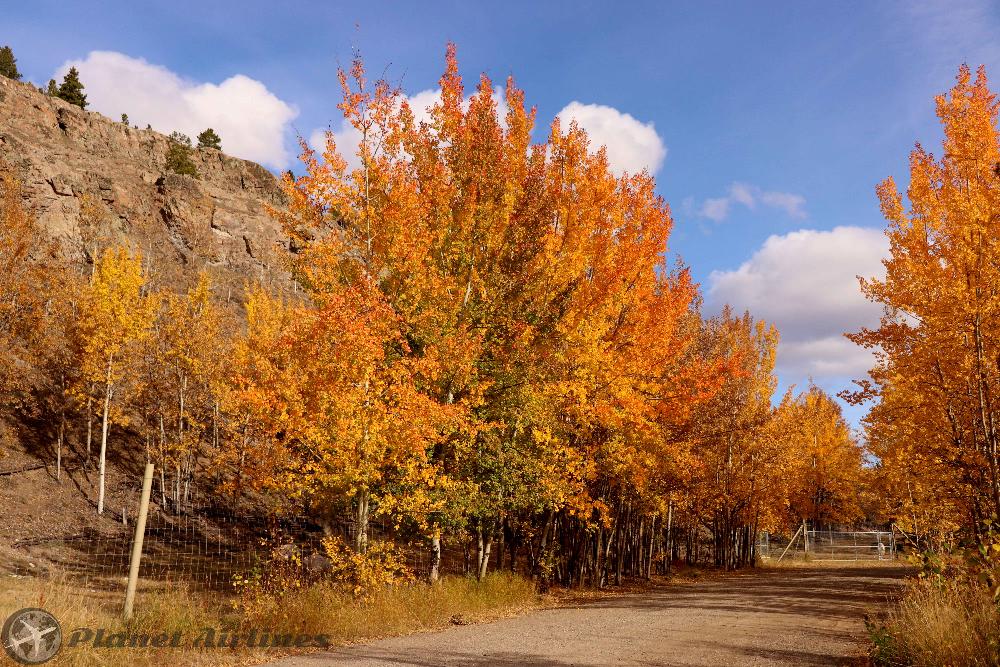
The main gateway to arrive to Whitehorse is by air, Air Canada and Air North provide frequent flights across Canada, but mostly travellers coming from vancouver, taking a 2 hour flight. It's also interesting to note that Whitehorse has some charter flights from Europe from Germany or the United Kingdom.
Once in the city, Whitehorse Transit provides 6 bus services around the city, but hours are limited until the early evening on weekdays and Saturdays during business hours only. (no service on Sundays). From the airport you can take bus number R3, for $2.50 (CAD), which runs every hour and takes 20 min into the city centre. (you can download the timetables and map below). A taxi to the downtown will cost $20 (CAD).
There is a waterfront tram, known as the "trolley", which provides transport along a short rail section along the Yukon River; it is a tourist-oriented transport. It runs from the Rotary Peace Park, up to the north end of the city centre at Spook Creek Station. (only operates May to August).
Whitehorse presently has no active railway service.
✔️Tip: To enjoy the most and discover the scenery, taking tours for those who don't drive or rent a car, is the best idea to take advantage of the number of activities that can be done in the nature!
✔️Tip: Another option is to rent a bike, it's a fun way to discover the city and it's impressive scenery! Half a day rental would cost $20 at Cadence Cycle📍, which provide good quality bikes with suspension, locks and helmet.

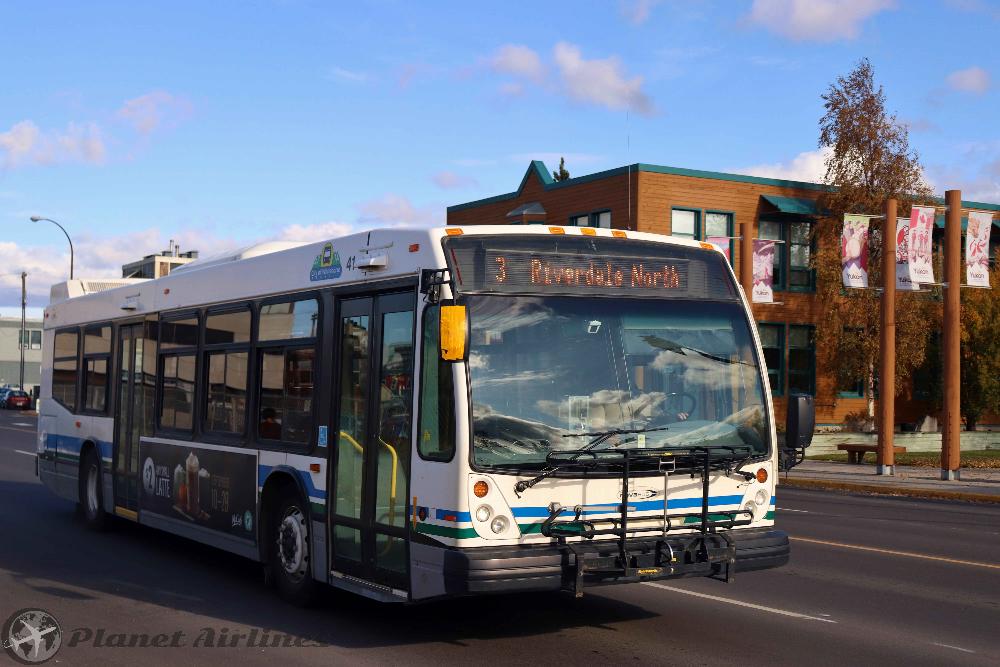

Whitehorse attracts quite a bit of tourism, mostly for its pristine scenery and in the Winter its an ideal destination to view the Northern lights! To the south of Whitehorse are the basalt cliffs of Miles Canyon, site of a former gold rush town. From the canyon, the Yukon River Loop Trail winds north past the Whitehorse Fishway fish ladder toward the S.S. Klondike, a restored sternwheeler that once plied the Yukon River. North, you will find the Takhini Hot Pools’, mineral springs which offer great views of the northern lights in winter! So no matter what season you decide to visit, there is plenty to keep you busy!
Because of the nature of the destination, Whitehorse itself is pretty small itself, but with plenty of tour companies providing tours, it makes it easy to create a package that suits your trip. Outdoor activities, adventure sports like camping or cycling, hiking, amongst some of the favourite. Check online on the official guide to the Yukon Territory what's on.
Also, below are some of the highlights to see and do in Whitehorse:
- Yukon Visitor Centre: Perhaps not "a must see" but it is a "must do" in order to organise some information regarding tours, activities and plan your days in Whitehorse. Because of the weather and the season, things can change all the time and the availability of some activities are subject to a minimum booking as well. Visit the friendly staff and get your first insight to Yukon at the centre! Also check online the info at Yukon Travel.

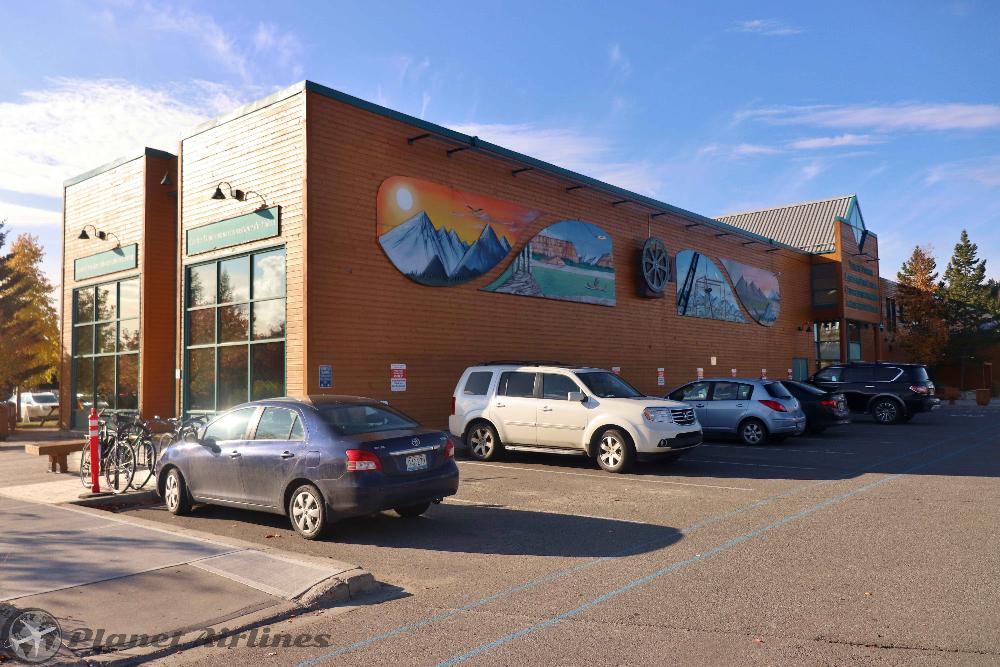

- Whitehorse Downtown: Despite most of your days you will spend away from the city centre, it is suggested to walk around the town for a morning or afternoon and discover some interesting museums like the Old Log Church Museum, the MacBride Museum of Yukon History, the Transport Museum, Yukon Arts Centre, and the Kwanlin Dün Cultural Centre (KDCC). Walking around the downtown is a pleasant and relaxing experience with little traffic, handicraft/local shops and many cafes and restaurants to fill you up. If you encounter any rainy days, now you have a plan!
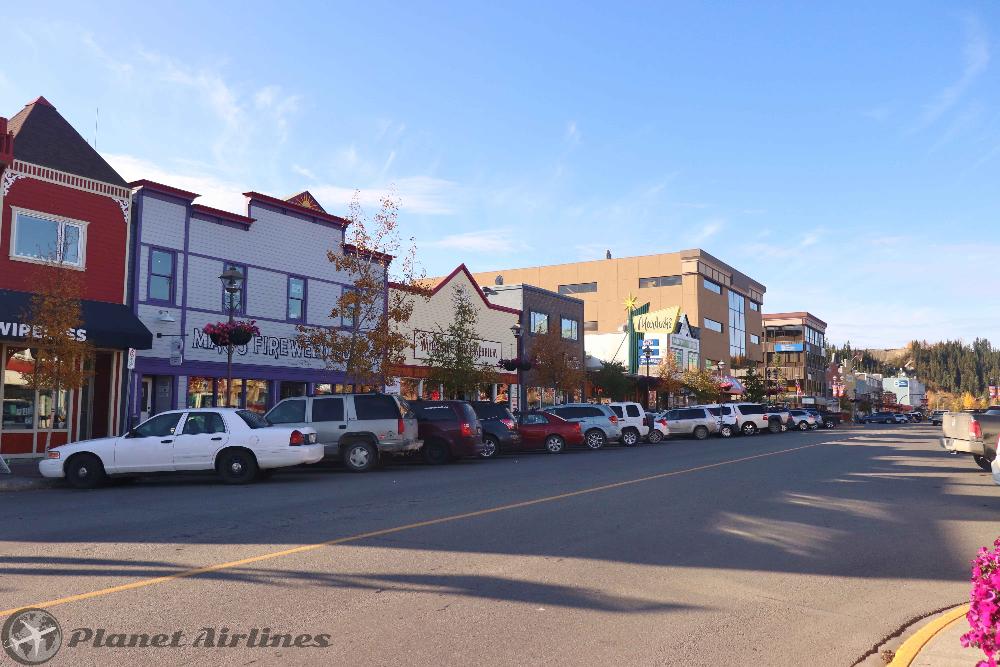
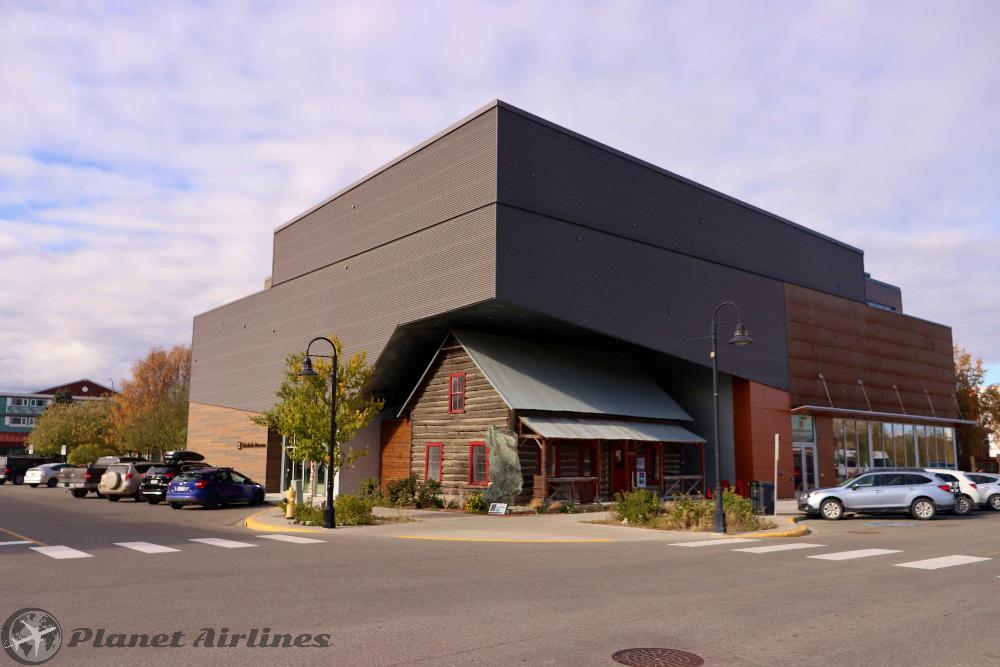
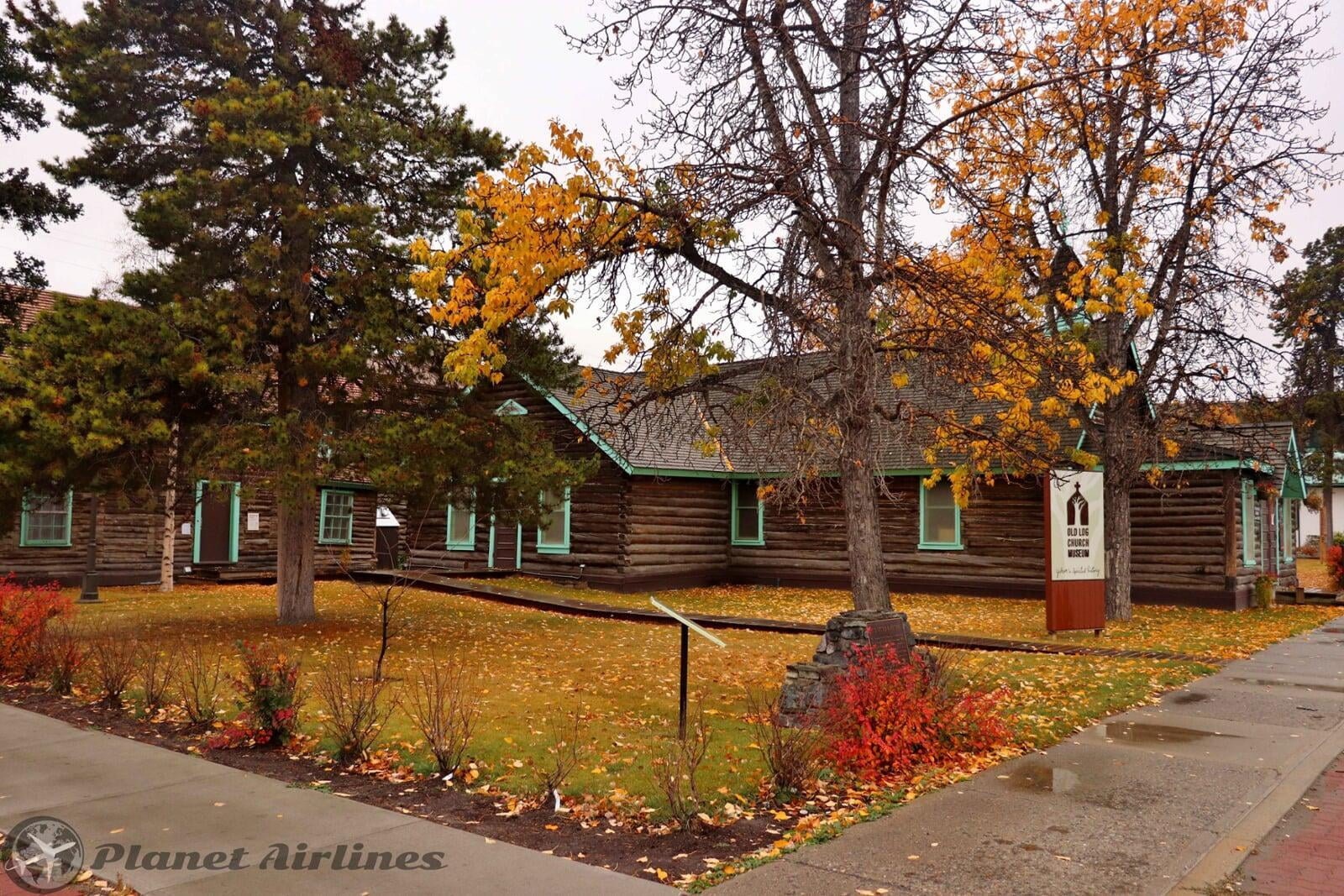
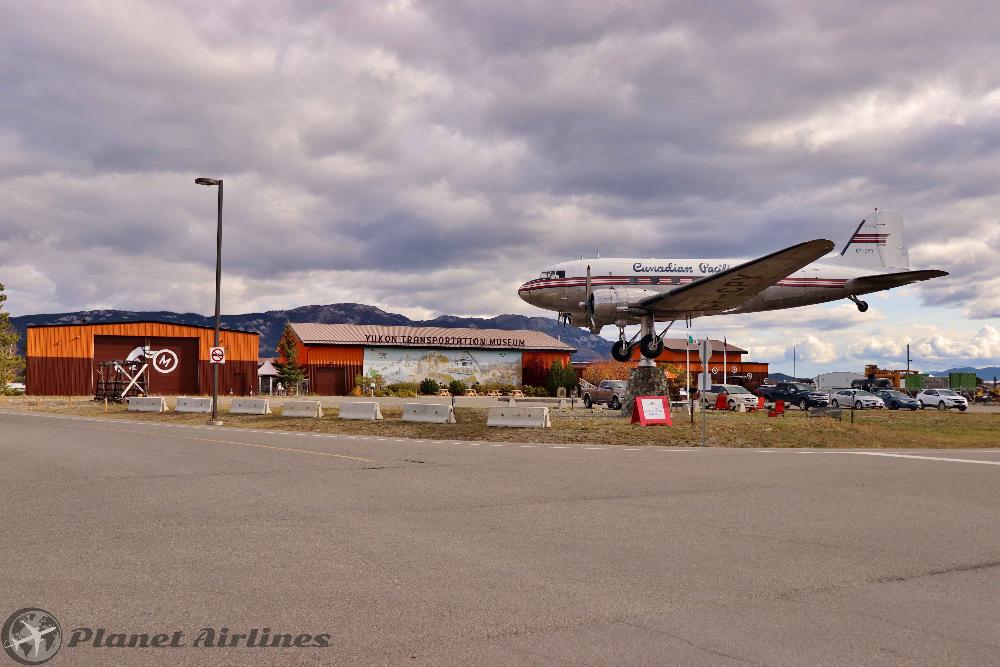
- SS Klondike National Historic Site: Within walking from the city centre, this is the resting place for an important ship. The sternwheelers on the Yukon River remained the region's most important mode of transport for decades after the gold-rush. It was not until 1955 that the SS Klondike II, built in 1936 from the original's engines, boiler, and other parts in 1937 after it sank, gave up carrying ore from the silver mines in Mayo to Whitehorse for onward shipment by road. Today, the restored and refitted paddle steamer is a popular tourist attraction, welcoming visitors on the Yukon embankment in the town center.
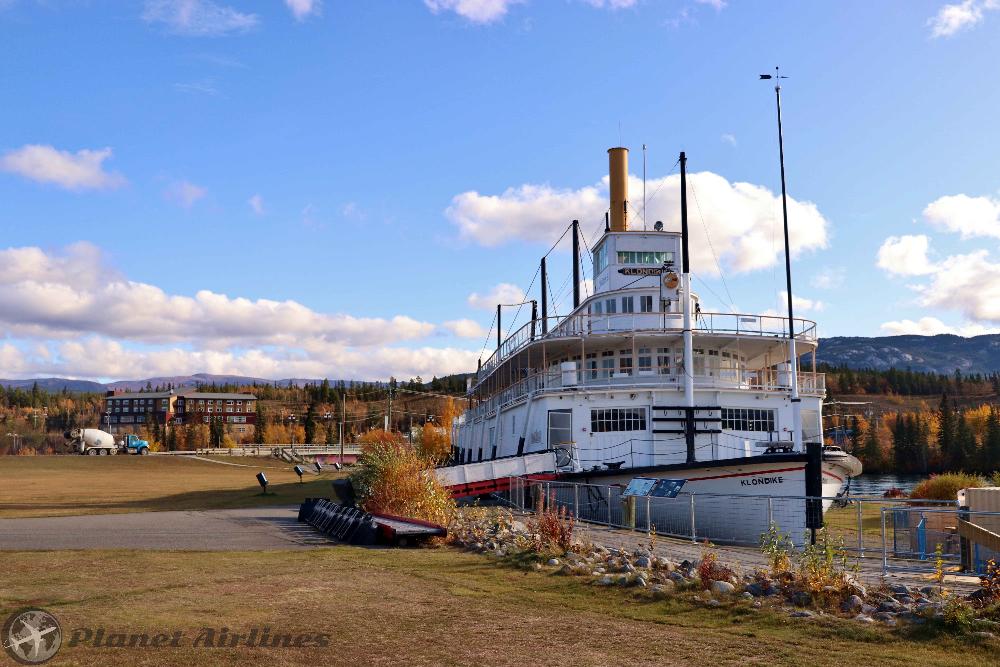

- Miles Canyon: was once a treacherous portion of the Yukon River before a hydroelectric dam calmed the waters. Located where the river cut through a section of basalt rock, the rapids were a choke point for gold prospectors, and many supplies and lives were lost trying to pass the turbulent waters, a problem only solved after the building of a section of railroad that bypassed it. Today, hiking trails and a scenic setting make the area a delight to explore. Also nearby is the site's 25-meter-long Suspension bridge, built in 1922 and offering great river views. To get there, take a tour, drive for 12 min from downtown Whitehorse or you can walk for nearly 2 hours if the weather is nice and enjoy trekking.
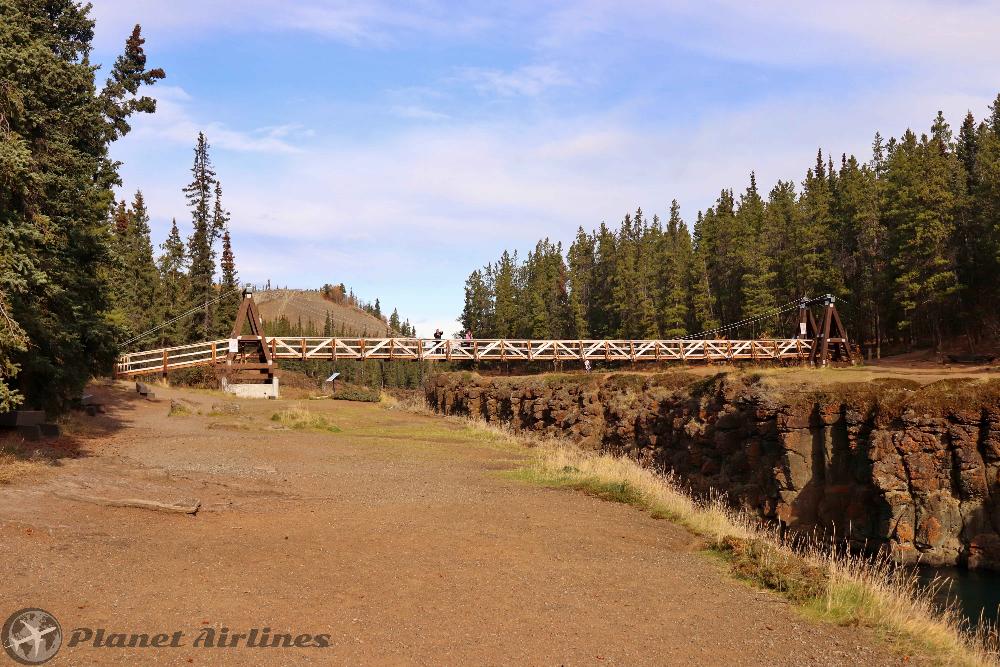
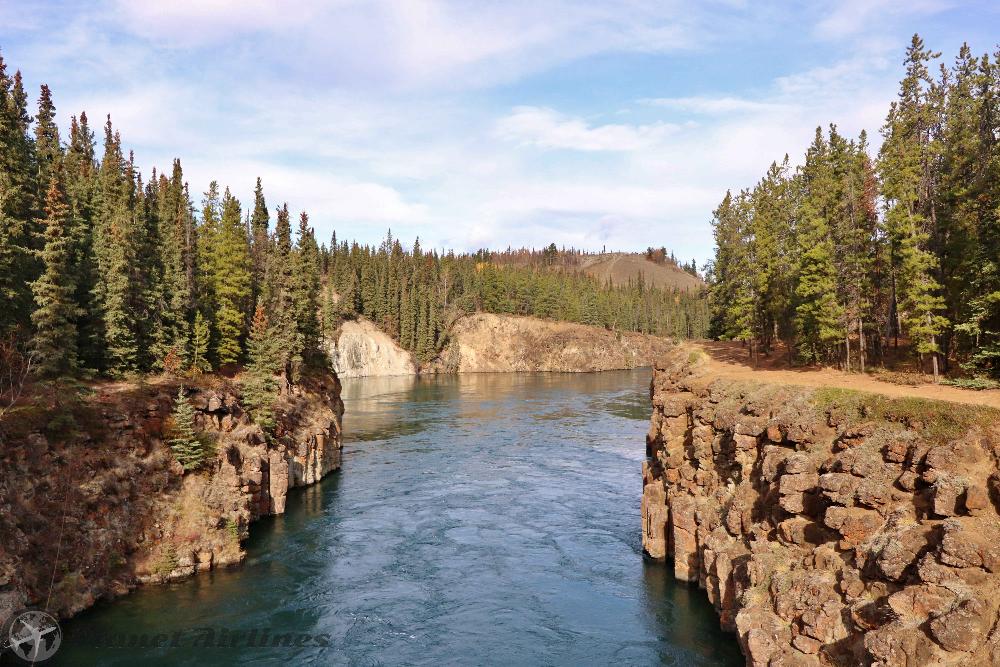
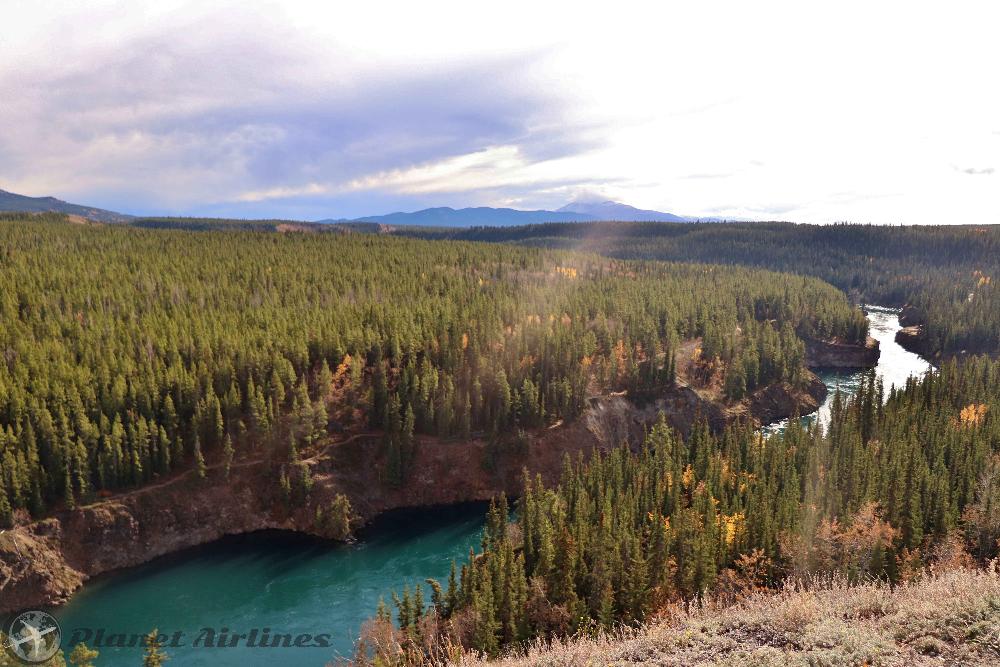
- Yukon Wildlife Preserve: Located just 30 minutes' drive from downtown Whitehorse, visitors can take a guided tour to see some of the many wonderful creatures that call the region home, including moose, muskoxen, mountain goats, wood bison, mule deer, woodland caribou, elk, and two species of thinhorn sheep (Dall's and stone's sheep). The preserve has also made a name for itself as a wildlife rehabilitation center. As an alternative to the guided bus tours of the preserve, those interested in a great hike can make use of the trail network that loops around the site. It's especially fun to visit in winter, when many of these trails are used for snowshoeing and cross country ski adventures. For more information check the website for the Yukon Wildlife Preserve.
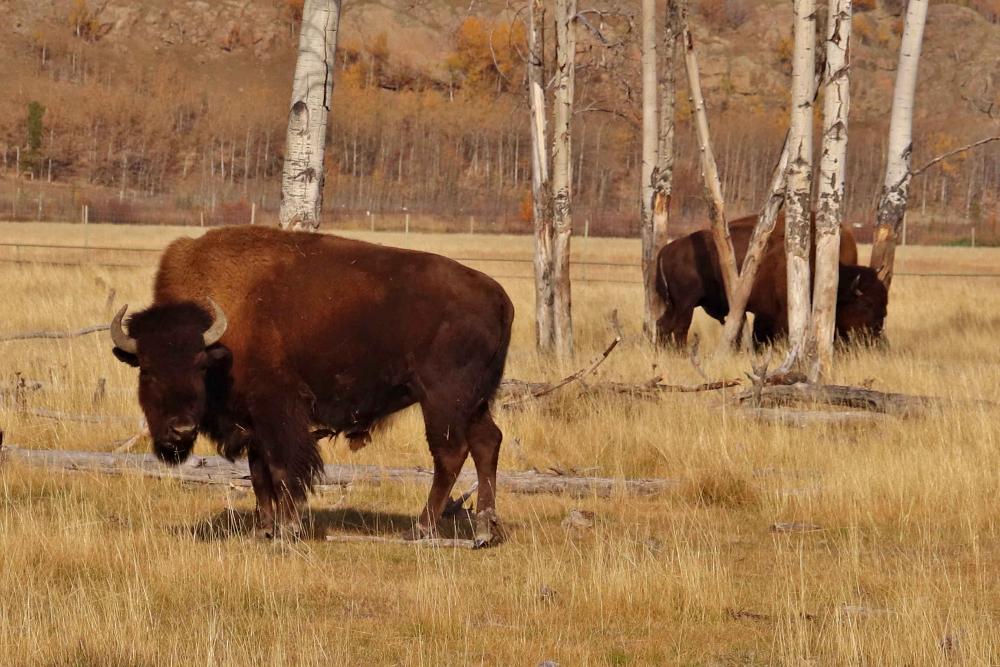
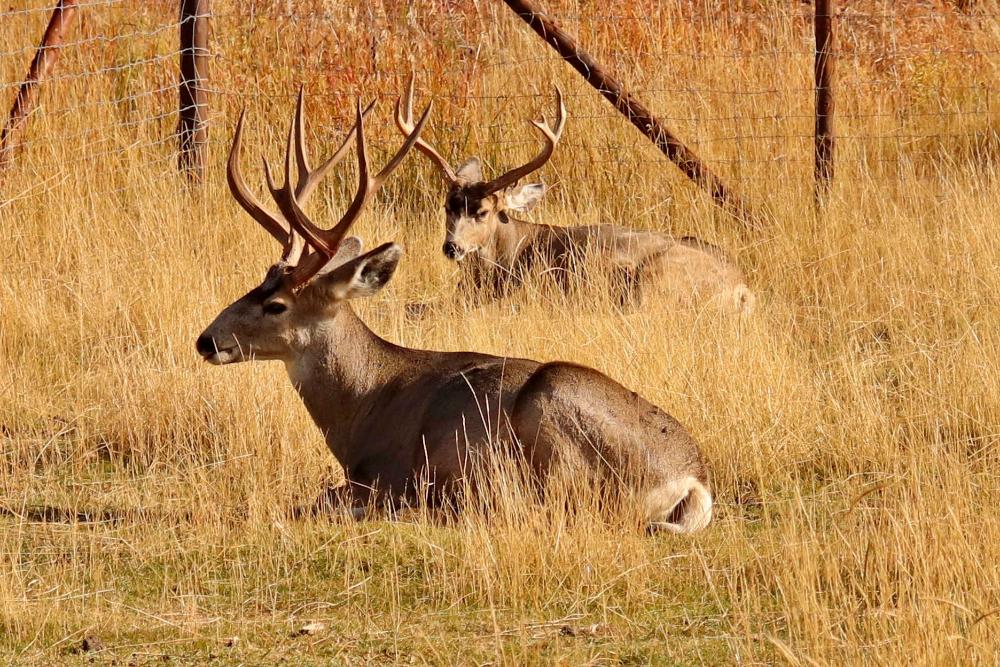
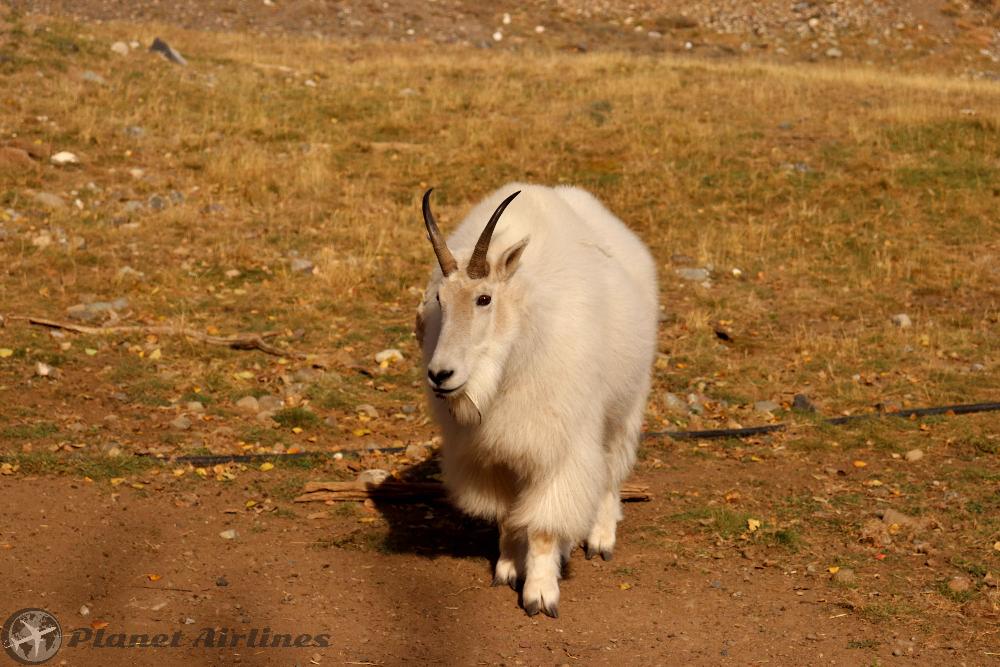
- Takhini Hot Springs: Located just a short drive from the Wildlife Preserve or 30 min drive from Whitehorse, this should be a "not to miss activity"! Known for their therapeutic and curative traits-as well as being odorless-the hot springs have been used by humans for centuries. The experience is quite refined; guests having a choice of two pools to relax in, each at different temperatures. The hot pool features water at 42 degrees Celsius (4.5 degrees cooler than when it reaches the surface), while the cool side boasts a comfortable 36 degrees Celsius. To use the pools it costs $12.50 (CAD) per adult. For more info check: Takhinihotsprings.
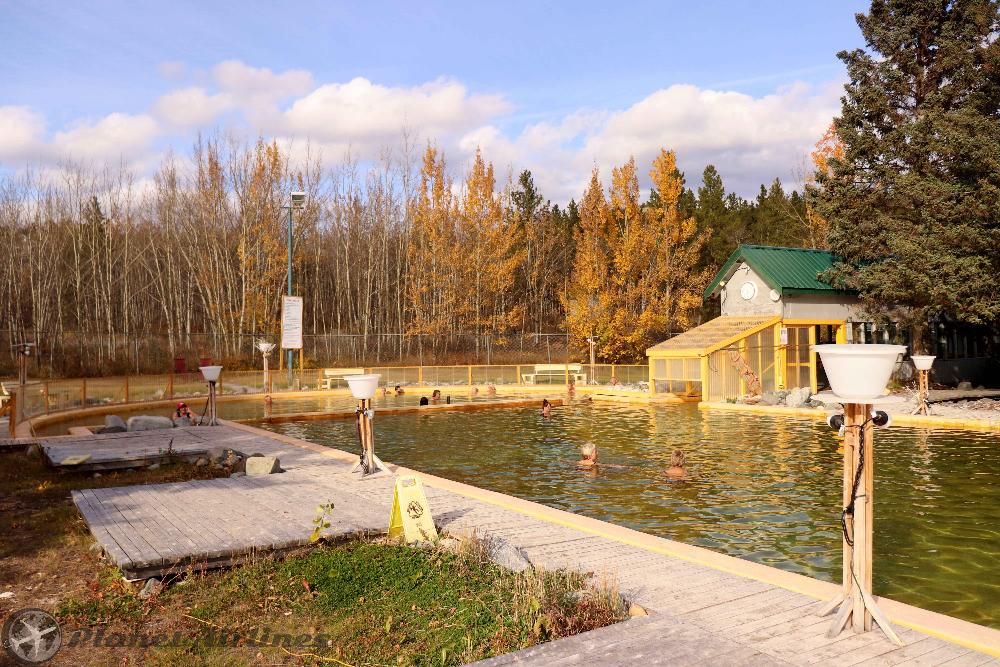

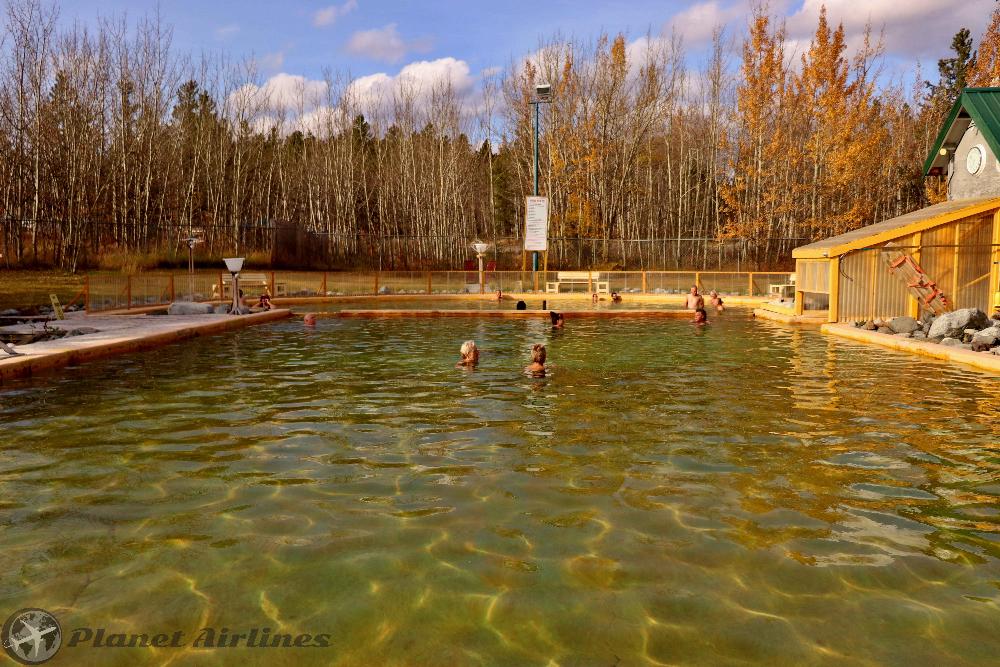
- Whitehorse Hillside Hike: Protecting the city from strong winds is the hill which surrounds Whitehorse and gives a unique viewing opportunity to see the city from high above without spending anything! As well, it's an interesting hike for those wanting to keep fit, ideal for stairs to get to the top or a steep slope climbing up. The trail starts from the end of Black Street and borders the airport perimeter, giving goop views of any departing or landing aircraft as well. Note that the access from Black street is the only one, so if you decide to walk along the entire perimeter pathway, have to return back the same way.
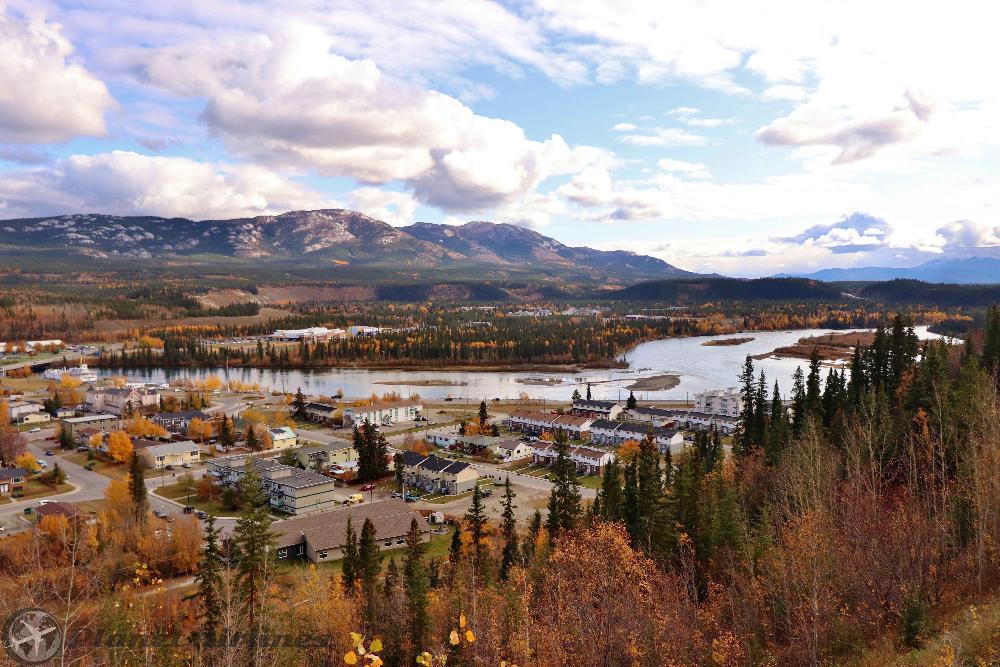
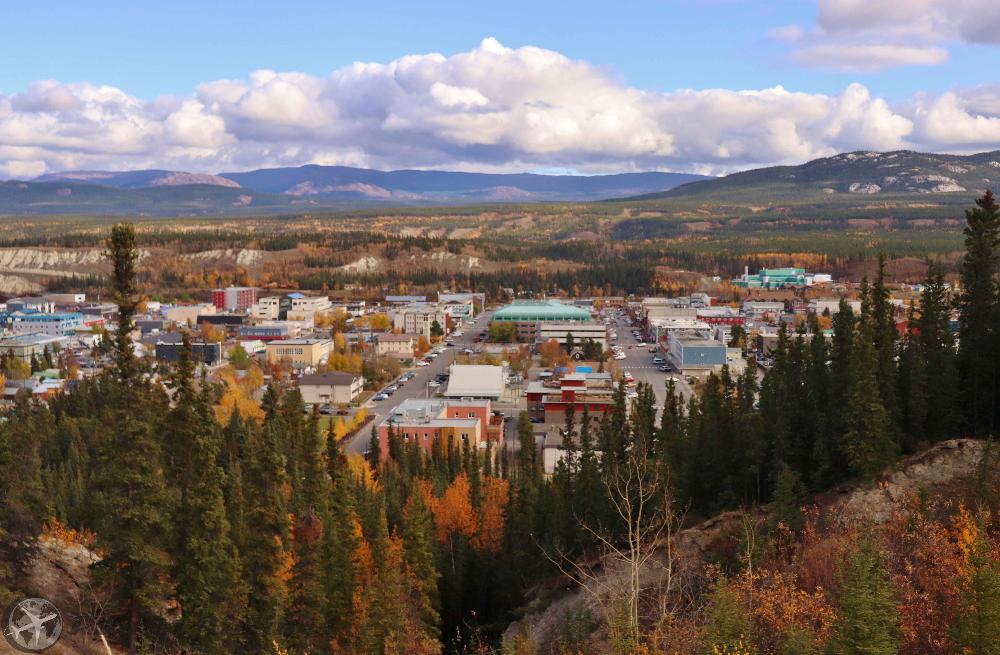

- Northern Lights: If you're visiting Whitehorse from January through to early April, you won't even have to leave the city to witness the spectacular Aurora Borealis, or Northern Lights. However, for optimal viewing of this cosmic display, it's best to try to leave the city lights behind you and head for the hills.
For more information about the lights and how to view and photograph them, refer to our guide on the Northern Lights.
One of the best ways to do this is as part of an organized evening tour. This fun four-hour adventure includes pickup at your hotel as part of a small-group guided tour experience that takes you to a remote viewing location in the wilderness, far from artificial light, to maximize the viewing pleasure. Drinks and snacks are provided.
✔️Tip: Fish Lake 📍 is at a higher elevation than Whitehorse and is quite often above the clouds. This makes it a perfect place for Aurora viewing and star-gazing. Other things to take into account is the weather factors and the Aurora intensity. For a perfect viewing, both conditions have to met, clear skies and high intensity of Aurora lights. This is something quite hard to get and plan in advance, but thanks to the forecasts now you can plan at least a few days in advance. Check the weather status for Whitehorse and the Aurora Forecast on the below links.
Many private small companies offer tourists and locals alike the transportation option to take a tour over Whitehorse and view from above the incredible views of the mountains, changing fall colours, the river Yukon reach and the city itself. The prices range according to season, time in the air, destination or tour type.
For more information see the link page and contact them for a price quote. Alpine Aviation Yukon.
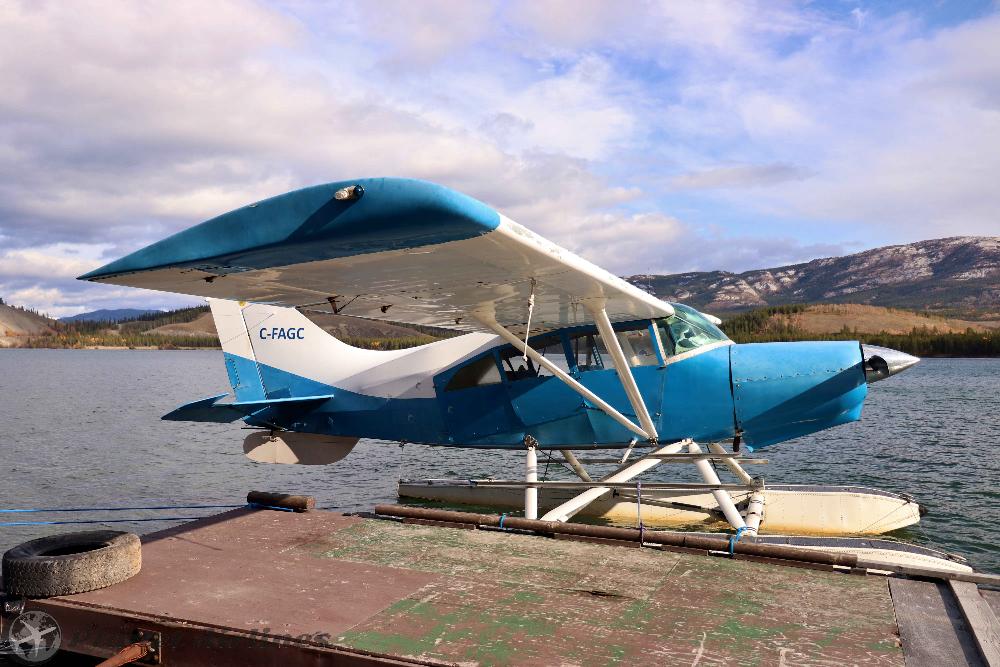
Whitehorse is renowned for hiking and nature lovers. There are several trails which range in easy to difficult for beginners or experienced hikers. As well, depending on the season, the scenery can change a lot and be as beautiful in Summer, Autumn or Winter. The most popular trails are those of Fish Lake, Grey Mountain, Golden Horn, Kujo Ridge or Mount White. For more information about the details or each hike please check Yukonhiking.ca.
❗Attention: As the city describes itself, "Whitehorse the city of Wilderness", within its beauty and unparalleled natural scenery, it also means that there are wild animals living freely. Particularly, bears can cause a form of threat to hikers if detour from the signed posted trails. It's important to stick to the recommended trails and stay safe. However, on occasions bears may cross these trails. If you encounter a bear, the most important thing is to stay calm and do not run.
Read more safety advice from the following Yukon Bear Safety article.
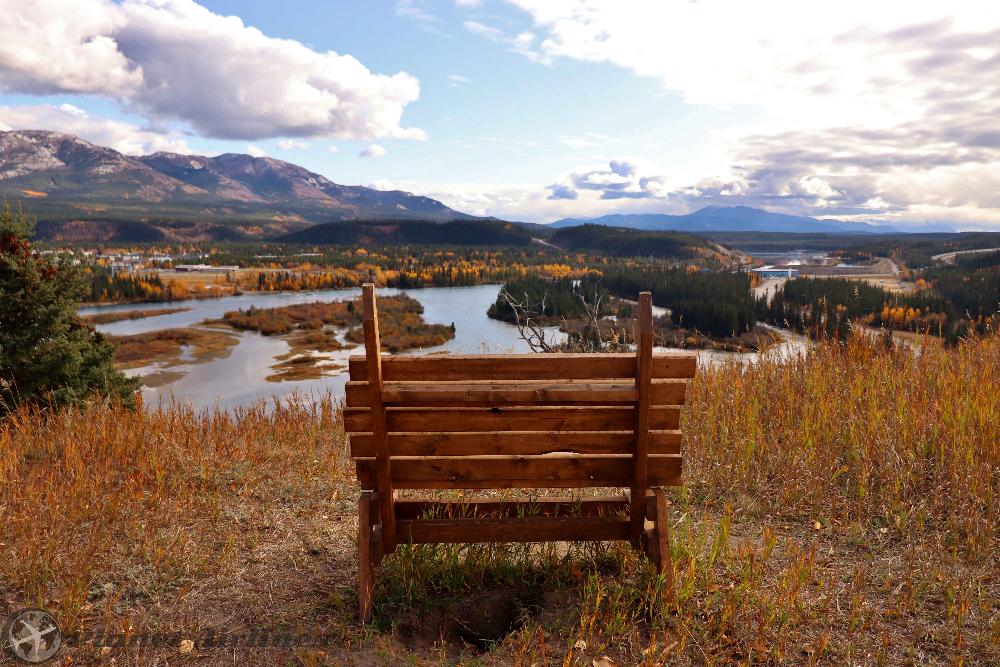


During the high season, (May to August) it's important to reserve your accommodation in advance as it is very popular to travel here this time of year for the warmer temperatures. Another reason, is that there is limited hotel options so finding the right price and location can be tricky if you leave it till last minute. Hotels and Motels are generally good quality in Whitehorse and offer good sized rooms with amenities. Prices for hotels are around €50 per night at the cheapest end. Note that there are very limited options with Airbnb or private accommodation, as well, hostels are not popular here being a destination which is more off season most of the year.
✔️Tip: One of the most unique forms of accommodation in the Yukon is a traditional Mongolian Yurt. A Yurt is a round, wood-framed structure with canvas stretched over the top, and is quickly becoming a popular alternative to cabin living in the north. There is no electricity, no running water, and limited cell service which helps with the appeal of immersing in the pristine northern wilderness. All Yurt rentals include firewood for wood stoves and fire pits, water for drinking and washing up, and clean, well-maintained outhouses.
For more information please visit Upnorthadventures.com.
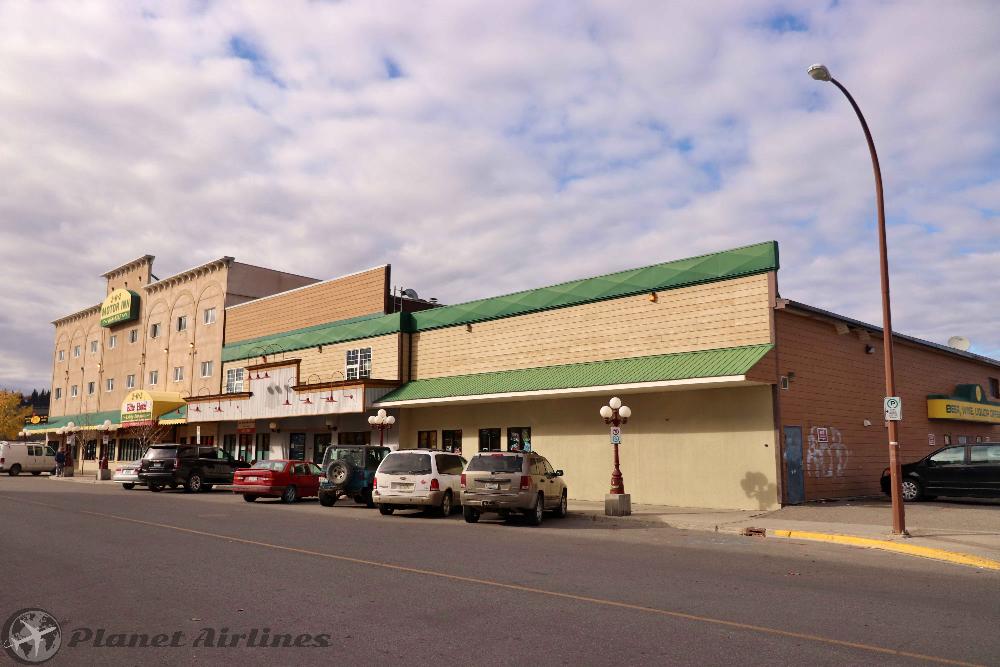
Whitehorse is an adventure type of destination which will appear to those travellers wanting to explore nature, hike, cycle, rent canoes and join other sporting and outdoor activities. The city in itself is rather small, and one can see the main sights in just a couple of hours walking around. There are a few museums, for those days that the weather might not allow to enjoy the outside.
For a quick visit to the city, one should need only one night in Whitehorse, but to take full advantage of the nature and the beautiful scenery around, a more comfortable stay of 3 to 4 nights would be ideal.
Whitehorse Photo Slide 📷




















.png)